Specification of Gold Oil Coating Tinplate For Tin Cap:
Product name | Gold Oil Coating Tinplate For Tin Cap |
Standard | AISI, ASTM, BS, DIN, GB, JIS (GB/T2520, JIS G3303, ASTM A623M, EN10202) |
Material | Tinplate sheet/Tinplate coil (MR SPCC) |
Steel type | MR grade for metal packaging |
Tin coating | 1.1~11.2g/m2 (1.1/1.1, 2.2/2.2, 2.8/2.8, 5.6/5.6, 8.4/8.4, 11.2/11.2) |
Temper Grade | T1~DR10 |
Annealing | BA(Batch annealing),CA(Continuous annealing) |
Passivation | 311GR |
Oiling | DOS |
Thickness | 0.15~0.18mm (Tolerance: +/-0.01mm) |
width | 508~960mm (Tolerance: 0~3mm) |
length | 712~1145mm |
Internal coating | Gold lacquer /transparency lacquer |
Outside coating | Shiny finish/matte finish |
Application | For any packing Box, Can, Bucket, etc(Food, oil, medicines, cosmetics, perfume,toys, chemicals, etc.) |
MOQ | 2 tons for each size |
Printing capacity | 5000 tons per Month |
Port of Loading | Foshan/Guangzhou/Shenzhen |
Lead time | 15~25 days after receipt of 30% T/T deposit. |
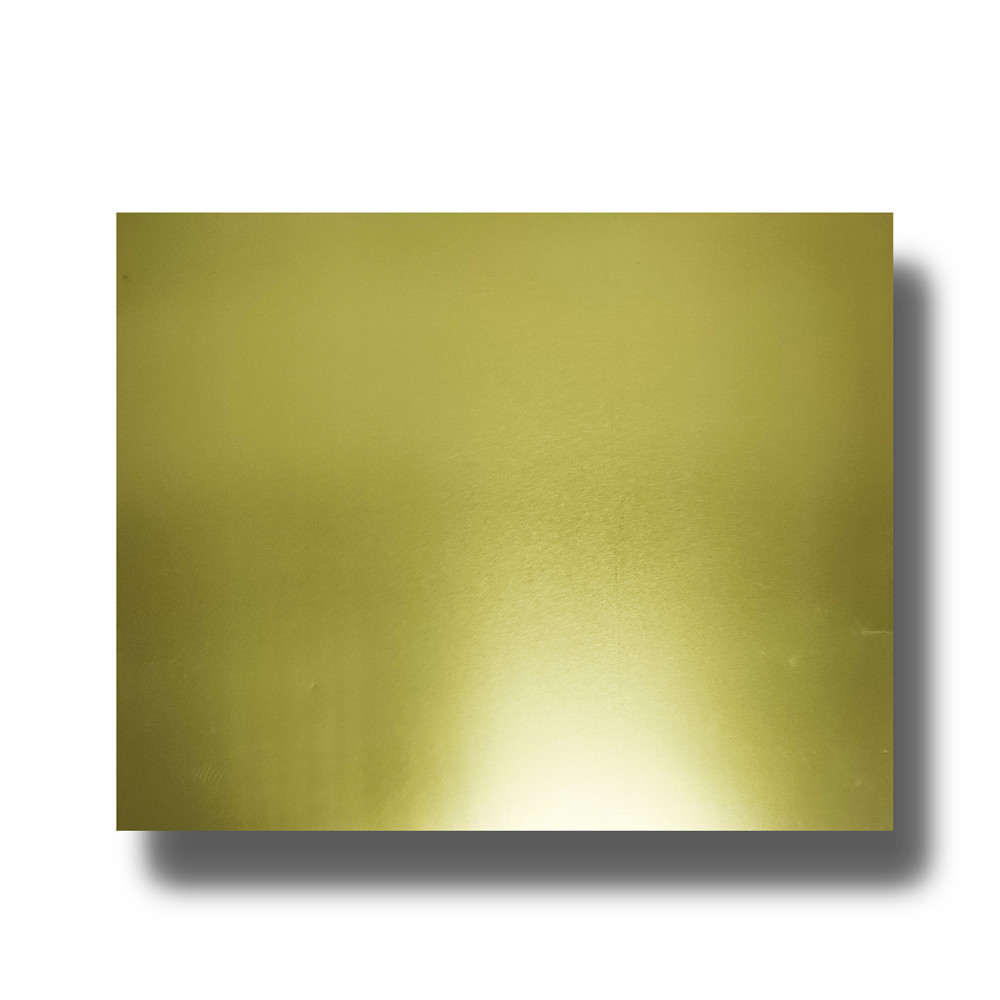
Coating Oil Coating Tinplate
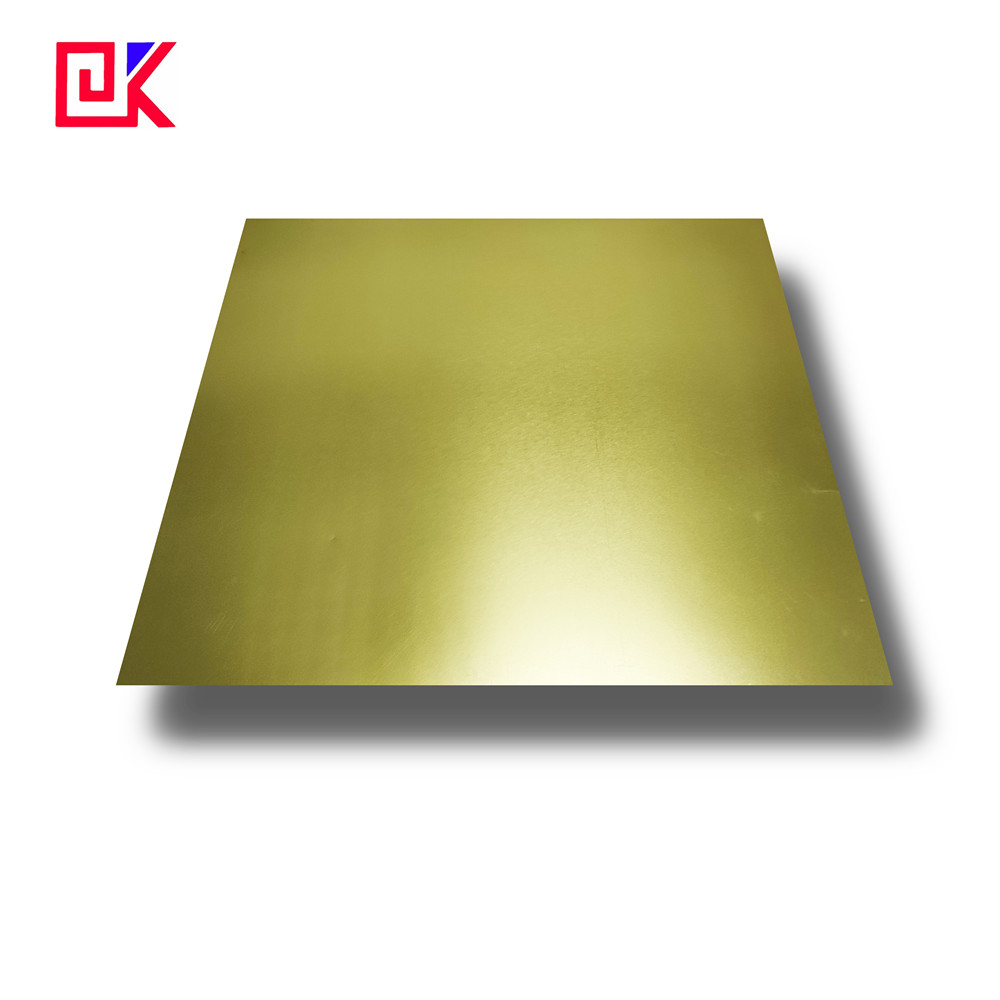
Coating Detail
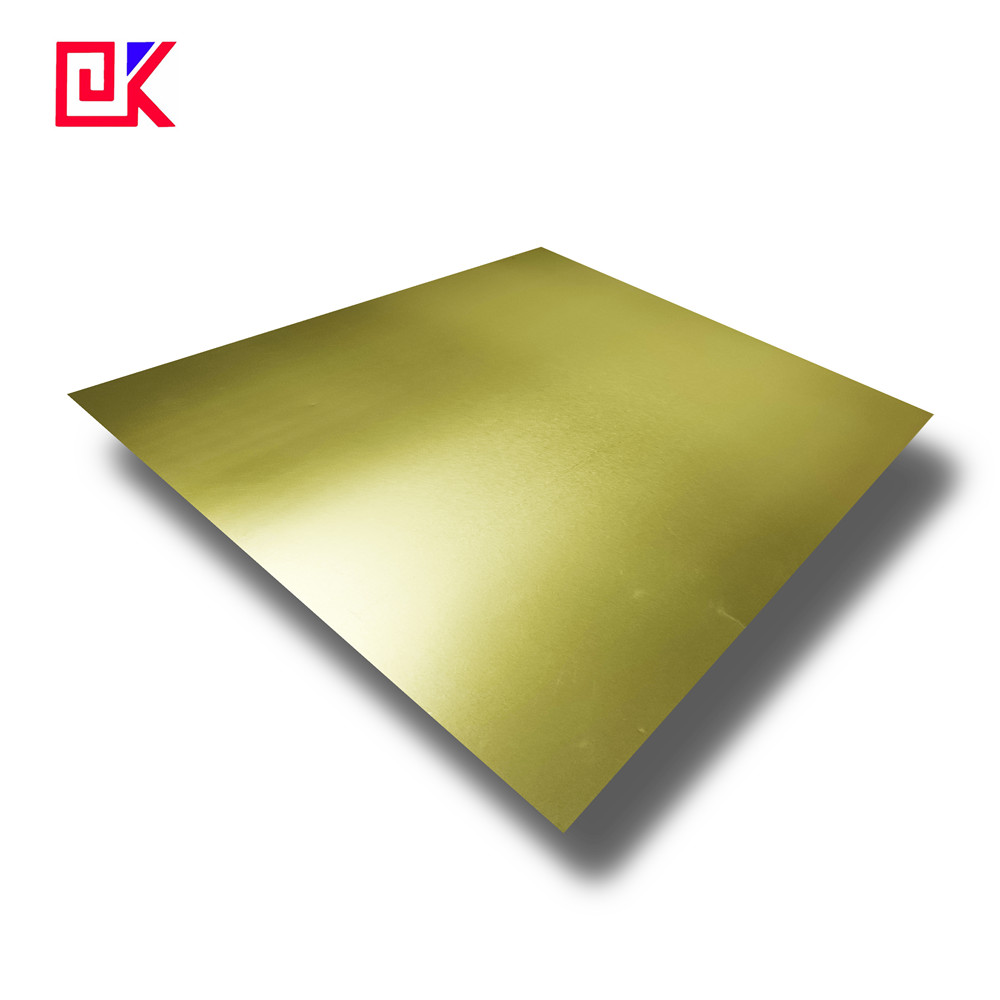
Tinplate For Tin Caps
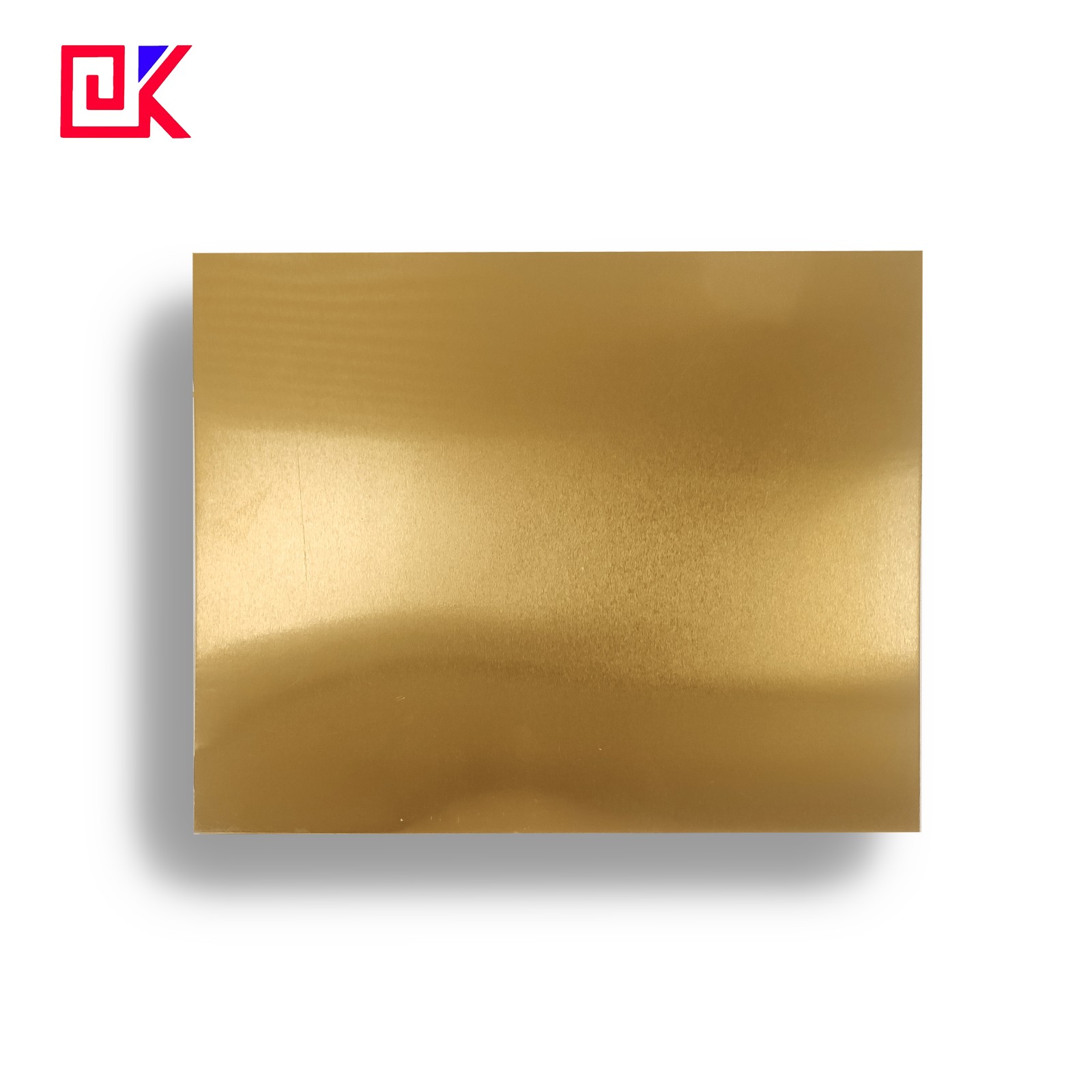
Product Show
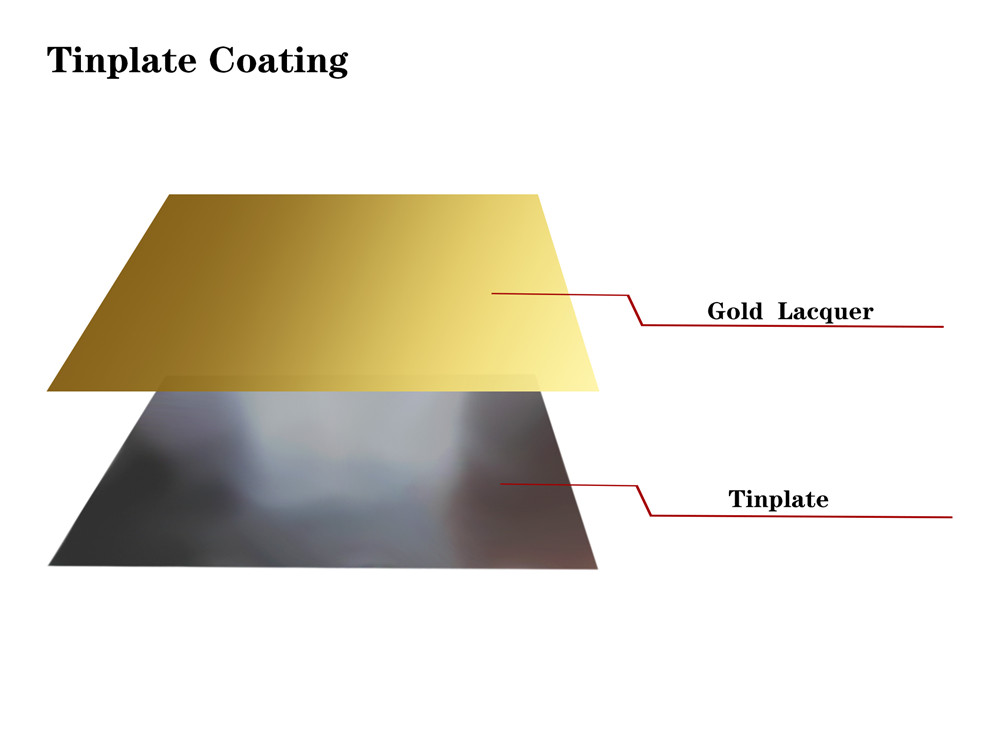
Tinplate coating
All of our products support customization, if you need please feel free to contact us.
Sizes available for tinplate:
Type | Normal Thickness | Normal Width | Normal Length | Weight | Coil Internal Diameter |
Sheet | 0.15~0.45mm | 508~960mm | 712~1145mm | 1~1.5ton | ------ |
Coil | 0.15~0.45mm | 508~960mm | 712~1145mm | 3~10ton | 410/508mm |
Tin coating weight on tinplate:
Tinplate Status | Coating Status | Former Coat | Coating W. Code | Normal C-W | Min. Ave. C-W | Remarks |
EPT | Equally Coating (E) | 10# | 1.1/1.1 | 1.1/1.1 | 0.9/0.9 | All specifications |
20# | 2.2/2.2 | 2.2/2.2 | 1.8/1.8 | |||
25# | 2.8/2.8 | 2.8/2.8 | 2.5/2.5 | |||
50# | 5.6/5.6 | 5.6/5.6 | 5.2/5.2 | |||
75# | 8.4/8.4 | 8.4/8.4 | 7.8/7.8 | |||
100# | 11.2/11.2 | 11.2/11.2 | 10.1/10.1 | |||
Classified Coat (D/A) | 25#/10# | 2.8/1.1 | 2.8/1.1 | 2.5/0.9 | ||
50#/10# | 5.6/1.1 | 5.6/1.1 | 5.2/0.9 | |||
50#/25# | 5.6/2.8 | 5.6/2.8 | 5.2/2.5 | |||
75#/25# | 8.4/2.8 | 8.4/2.8 | 7.8/2.5 | |||
75#/50# | 8.4/5.6 | 8.4/5.6 | 7.8/5.2 | |||
100#/25# | 11.2/2.8 | 11.2/2.8 | 10.1/2.5 | |||
100#/50# | 11.2/5.6 | 11.2/5.6 | 10.1/5.2 | |||
100#/75# | 11.2/8.4 | 11.2/8.4 | 10.1/7.8 |
What is tinplate coating?
Tinplate coil need to be coated with a certain gold lacquer coating on the inner surface, in order to prevent the chemical interaction between the filling in the tank and the tank wall and the contamination of the filler by trace elements, It's time to protect the quality of the filler. The packaged product can be stored, transported and sold for a long time without affecting the use value of the product.
Classification of tinplate coating:
It can be divided into internal coating and external coating according to the different sides of the coated tinplate. It can be divided into bottom paint (also called primer), white paint (also called white coating), and varnish .
① Bottom paint. The oil layer and oxide film on the tinplate surface directly affect the adhesion between the printed ink and tinplate. Considering the impact of post-processing on printed products,a colorless and transparent bottom paint is often applied before printing ,to make the printing ink firmly adhere to the tinplate surface.
② White paint. White coatings are mainly used for tinplate prints with white background. Usually, they are applied by roller coating with a coating machine. Generally, the coating can be applied once to achieve the required thickness. The whiteness of the film is good and the gloss is high. At present, most of the printed tinplate products use white paint as the background color.
③ varnish. Varnishing is the last process of tinplate printing. The function of the varnish is to protect the printed pattern, prevent mechanical damage, and at the same time give the surface gloss of the printed product and increase the aesthetics.
According to different purposes, varnishes can be divided into two types: food can varnish and non-food can varnish.
(a) Food varnishes are characterized by low yellowing at high temperatures, high gloss, high hardness, resistance to boiling water and steam sterilization. Non-drying oil alkyd resins, oil-free alkyd resins, and acrylic resins are often used. Configuration.
(b) Non-food can varnish is mainly used for miscellaneous cans such as tea cans and candy cans. Such varnishes are not resistant to boiling water and steam sterilization, but have good stamping resistance, high gloss, and low baking temperature. Soy oil is often used. Alkyd resin, peanut oil alkyd resin and epoxy resin are formulated.
According to different drying conditions, varnishes can be divided into two types: high temperature varnish and low temperature varnish.
(a) High temperature varnish refers to varnishes whose drying temperature is above 150 ℃ during the varnishing process, such as varnishes formulated with epoxy resin, uric acid resin, vinyl resin, etc
(b) Low temperature varnish refers to varnishes whose drying temperature is below 150 ℃during the glazing process, such as amino alkyd varnish.
Tinplate coating FAQ:
Q: What is the MOQ for tinplate coating order?
A: Due to mass printing and production set up, minimum order quantity is roughly 2,000 ~3,000 pcs for each size.
Q: When can I get the price?
We usually quote within 24 hours after we get your inquiry. If you are very urgent to get the price, please call us or tell us in your email so that we will regard your inquiry priority.
Q: Do you make tools by yourselves?
A: Yes, we make all tools by ourselves. We have an in-house tooling department. So we can make custom molds at very low cost.
Q: Do you have any special varnishing effect in metal decoration?
A: In addition to traditional glossy and matted varnishes, we can offer crackle, wrinkle and pearl varnishes.
Q: What is your terms of delivery?
A: We accept EXW, FOB, CFR, CIF,etc. You can choose the one which is the most convenient or cost effective for you.